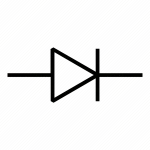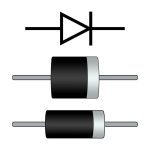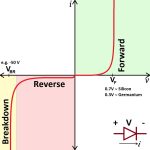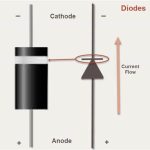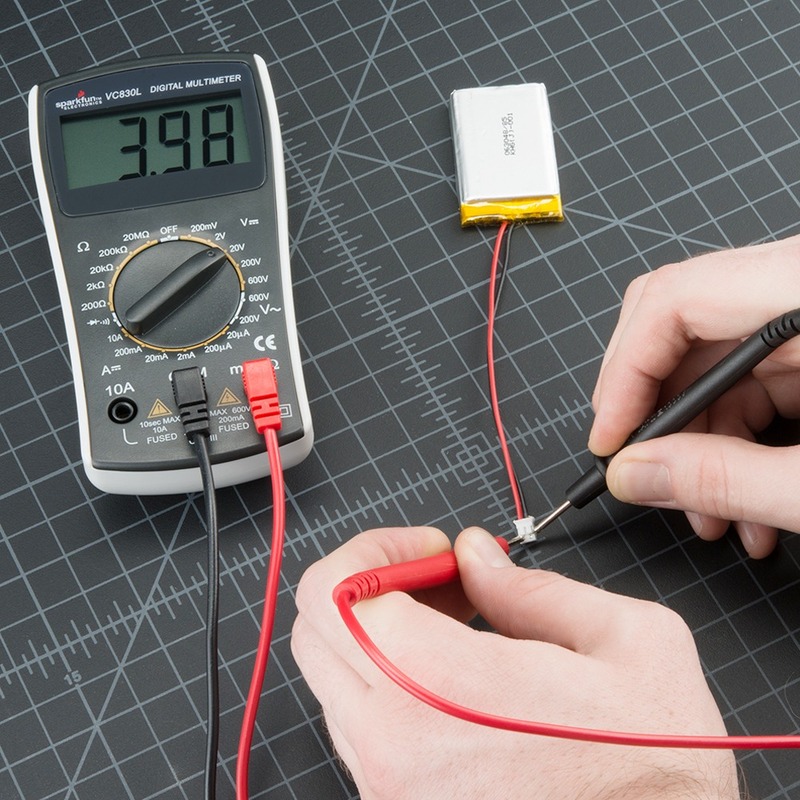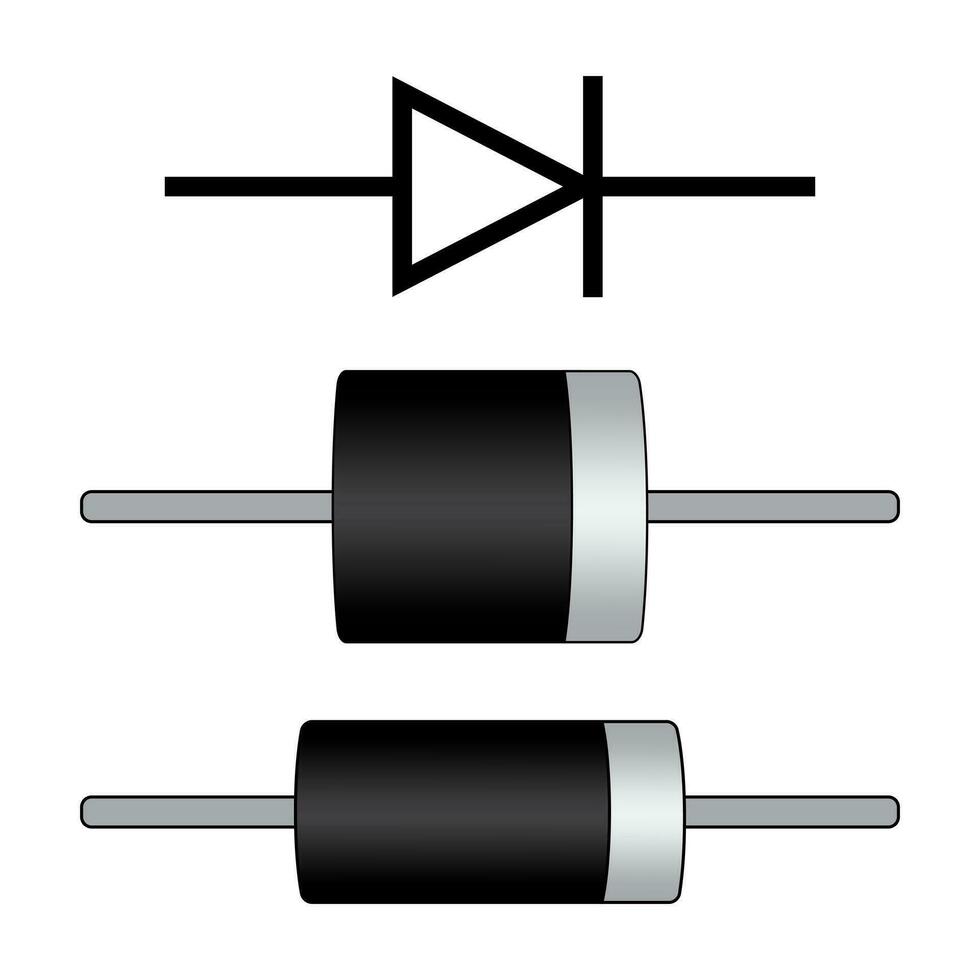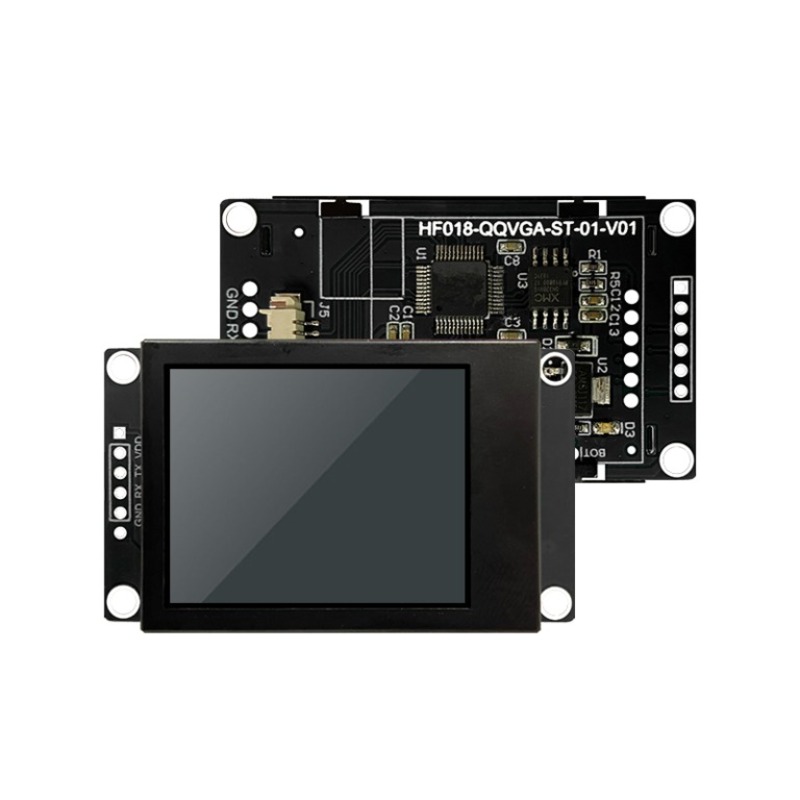 Introduction:
Introduction:
A shunt resistor is a vital component used in electrical and electronic circuits to measure and control current flow. It plays a crucial role in various applications, including power monitoring, motor control, and current sensing. Understanding what a shunt resistor is and its operation is essential for engineers, electricians, and anyone working with electrical systems. In this comprehensive guide, we will explore the definition, types, working principles, and applications of resistors. By understanding these aspects, you can effectively utilizeresistors in your electrical circuits.
 Definition and Purpose of a Shunt Resistor
Definition and Purpose of a Shunt Resistor
Definition:
A shunt resistor, also known as a current shunt resistor, is a low resistance device inserted in series with a current path to measure or control the current flow.
It is typically a precision resistor made from a low-temperature coefficient material, such as manganese-copper or copper-nickel alloys.
Purpose:
The primary purpose of a resistor is to measure or limit the current flowing through a circuit or component.
Shunt resistors provide a known voltage drop proportional to the current passing through them, allowing for accurate current measurements.
Types of Shunt Resistors
Wire-Wound Resistors:
Wire-wound resistors consist of a wire wound around an insulating core.
They provide high precision and accuracy, making them suitable for precise current measurements.
Metal Strip Resistors:
Metal strip resistors are made by stamping or laser-cutting a resistive metal strip.
They offer stable and precise resistance values and lower inductance compared to wire-wound resistors.
Thick-Film Resistors:
Thick-film resistors are formed by depositing a resistive paste onto a ceramic substrate and then curing it.
They provide a cost-effective solution and are commonly used in low-power applications.
 Working Principle
Working Principle
Voltage Drop:
Shunt resistors operate based on Ohm’s law, which states that the voltage drop across a resistor is directly proportional to the current passing through it.
By measuring the voltage drop across the shunt resistor, the current flowing in the circuit can be determined using Ohm’s law (I = V/R).
Shunt Ratio and Current Measurement:
The shunt ratio is the relationship between the current flowing through the resistor and the voltage drop across it.
By calibrating the shunt resistor and knowing its specific shunt ratio, the actual current flowing through the circuit can be accurately calculated.
Applications
Current Sensing:
Shunt resistors are commonly used for current sensing in various applications, including motor control, power supplies, battery management systems, and electronic load testing.
They provide real-time information about the current level and enable precise control and protection of the circuit components.
Power Monitoring:
Shunt resistors are used in power monitoring systems to measure the current flowing through high-power circuits, such as distribution lines or renewable energy systems.
They help monitor power consumption and ensure efficient and safe operation of electrical systems.
Overcurrent Protection:
Shunt resistors can be applied in circuits as protective devices to limit current flow and prevent damage caused by excessive current.
By carefully selecting the shunt resistor’s resistance value, the maximum allowable current can be defined, and the resistor acts as a current limiter.
 Steps to measure the shunt resistor:
Steps to measure the shunt resistor:
To measure a resistor, you will need a multimeter capable of measuring resistance. Here are the steps to measure the shunt resistor:
Set the Multimeter:
Turn on the multimeter and set it to the resistance (ohms) function. Make sure the range is appropriate to measure the expected resistance of the shunt resistor. If you’re unsure about the resistance range, start with the highest range and gradually decrease if needed.
Disconnect Power:
Ensure that the circuit or device containing the shunt resistor is powered off or disconnected from its power source. This is necessary to avoid any electrical interference during the measurement.
Locate the Shunt Resistor:
Identify the shunt resistor in the circuit or device. It is typically a low-value resistor placed in series with a load to measure current.
Disconnect the Shunt Resistor:
If possible, remove the shunt resistor from the circuit or device to obtain a more accurate measurement. This ensures that the resistance measurement is solely for the them and not influenced by other components.
Connect the Multimeter:
Connect the multimeter probes to the ends of the them. Ensure a secure and stable connection between the probes and the resistor.
Read the Measurement:
Once the connections are secure, the multimeter will display the resistance value of the them. Take note of the measurement and keep it for reference or further analysis.
Interpret the Measurement:
Compare the measured resistance value with the expected or specified resistance value of the shunt resistor. Ensure that the measured value is within an acceptable tolerance range.
Reinstall or Reconnect:
If you removed them from the circuit in step 4, reinsert it back into its original position or reconnect it according to the device or circuit requirements.
Remember to exercise caution when working with electrical circuits and ensure proper safety measures. If you’re uncertain or inexperienced in working with electrical components, it is recommended to seek assistance from a qualified professional.
General trends and applications of shunt resistors:
As an AI language model, I don’t have access to real-time data or industry trends. However, I can provide information on the general trends and applications of shunt resistors:
High-Precision Measurements:
Shunt resistors are commonly used in precision measurement applications. They offer accurate current sensing and measurement capabilities, making them popular in industries such as automotive, power management, industrial automation, and renewable energy.
Power Electronics:
Shunt resistors are frequently employed in power electronics circuits for current sensing, voltage regulation, and current overload protection. With the increasing demand for energy-efficient devices and systems, the need for precise current measurement and control continues to drive the relevance and popularity of shunt resistors.
Electric Vehicles:
The growth of the electric vehicle (EV) industry has boosted the demand for shunt resistors. They play a crucial role in EV battery management systems, where they enable current sensing, monitoring, and balancing of battery packs. As the adoption of electric vehicles increases, the demand for shunt resistors in this sector is expected to rise.
IoT and Smart Devices:
With the widespread adoption of the Internet of Things (IoT) and smart devices, there is an increasing need for energy-efficient and compact solutions. Shunt resistors, with their small form factor and accurate current sensing capabilities, find applications in various IoT and smart device designs, including wearable devices, home automation systems, and low-power sensor networks.
Renewable Energy Systems:
Shunt resistors are integral to renewable energy systems, such as solar power and wind power systems. They provide accurate current monitoring and enable efficient power management, contributing to the generation and distribution of clean and sustainable energy.
Miniaturization and Integration:
The trend towards miniaturization and integration in electronic systems has also influenced the design and manufacturing of shunt resistors. Manufacturers are developing smaller-sized shunt resistors with improved accuracy and performance to meet the requirements of compact and space-constrained applications.
It is important to note that the trends and market dynamics related to shunt resistors can vary over time and in different industries. For the most up-to-date information, it is advisable to refer to industry reports, market research, and industry-specific publications.
 Conclusion:
Conclusion:
A shunt resistor is a crucial component in electrical and electronic circuits for measuring and controlling current flow. By understanding the definition, types, working principles, and applications of shunt resistors outlined in this comprehensive guide, engineers and individuals working with electrical systems can effectively utilize them in various applications. Whether it’s for current sensing, power monitoring, or overcurrent protection, shunt resistors provide accurate current measurements and ensure safe and efficient operation of electrical circuits. Let this guide serve as a valuable resource in your understanding and application of them in electrical systems.

